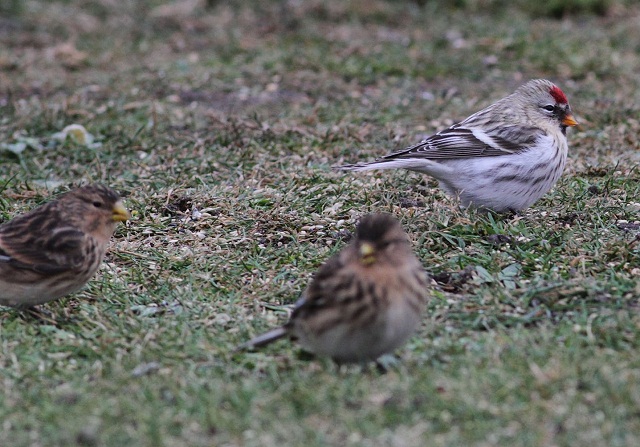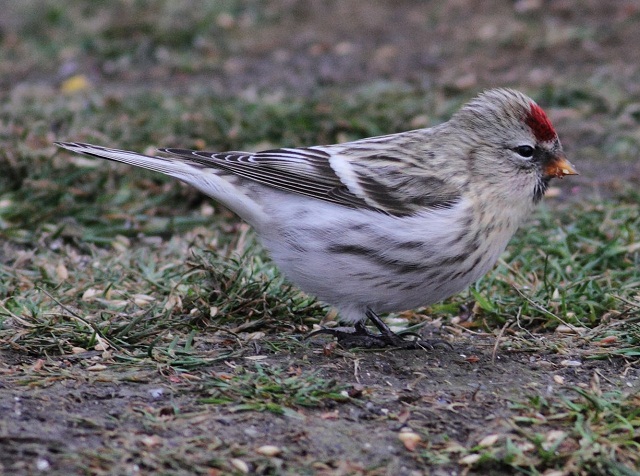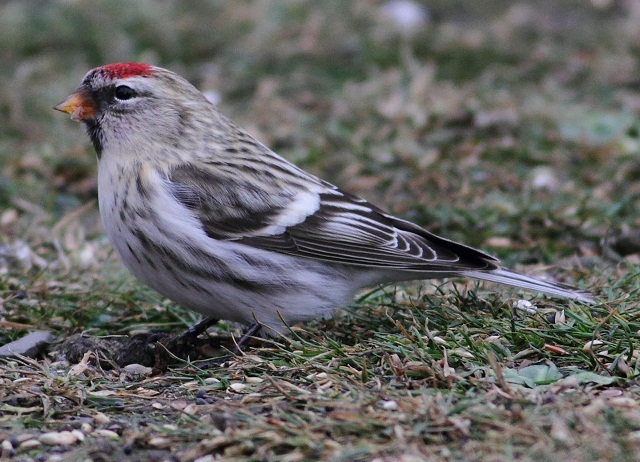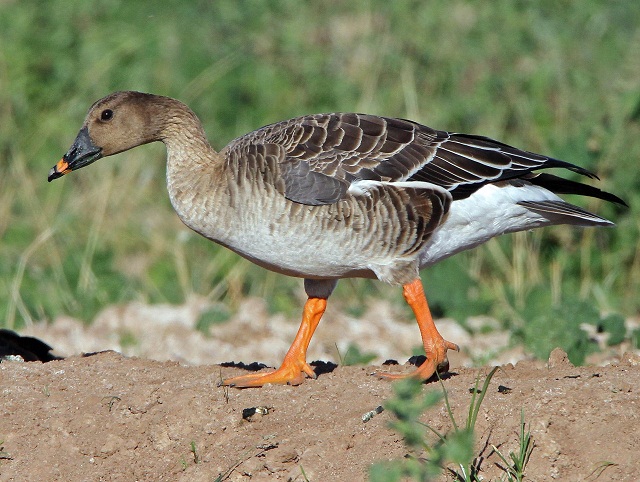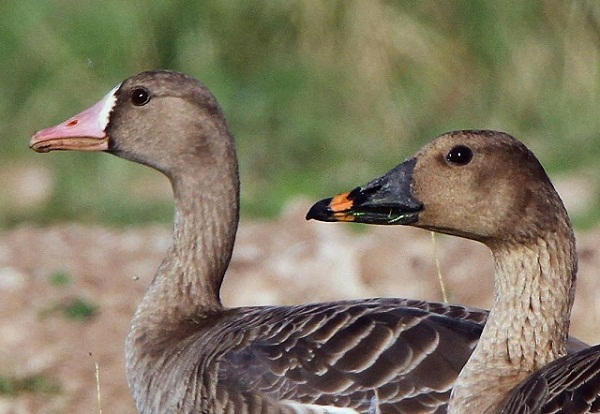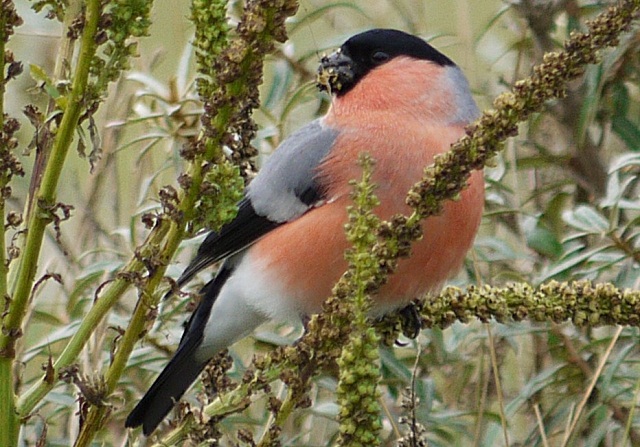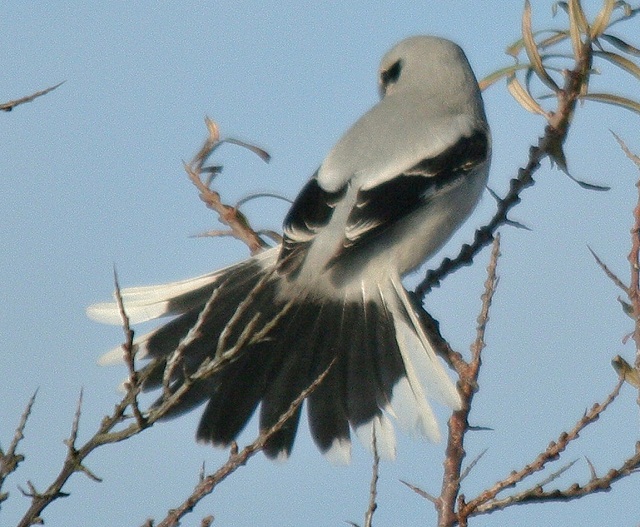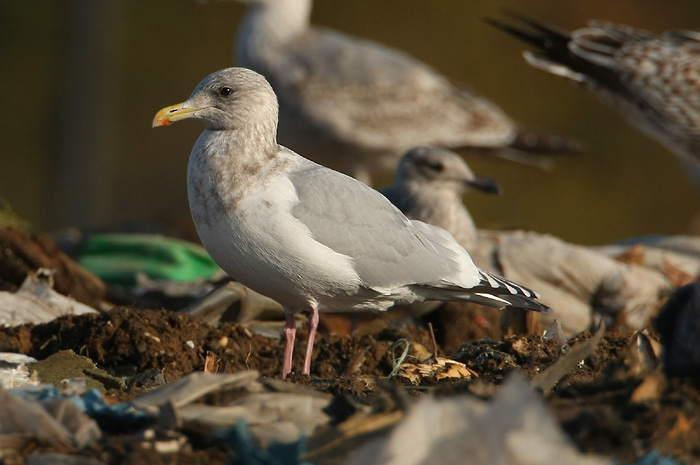Live with the Mystery…
Someone recently repeated back to me a strap-line I like to use: “Always Discovering”. Well I have really been enjoying November 2010 on the discoveries front. In order to ‘do’ discovery, we also have to admit that the stuff we don’t know is greater than what we do know. We must learn to Live with the Mystery.
Despite a plethora of books, and illustration, birds remain a treasure trove of opportunites for discovery. Honestly I think for the birds that I think I know a little about- I soon realise I hardly know anything about. Every so often I discover there is a bird species or race or whatever that most birders know absolutely nothing about.
So start with Redpolls. Looks like lots are Mealy’s/ Commons are around and arriving in the UK and a few Coue’s Arctic/ Hoary Redpolls with them. So here’s one, look pretty good- especially with those 2 Twite nearby- it really is frosty looking , and the plumage bits look OK. Until it moves and it is not so fluffed up…
Arctic Redpoll isn’t it?:
Intermediate Redpoll, Sumburgh, Shetland, November 2010 Roger Riddington. (I think its a Coue’s/ Hoary- but such birds expose more of what we don’t know about pale Redpolls than what we do. Above its looks very Arctic/ Hoary to me.
still looks Hoary/ Arctic in this shot but then see below:
eek- same bird. If I only saw this photo- I might be thinking Mealy/ Common Redpoll. But its the SAME BIRD!
I think we need to avoid the temptation to ‘shoehorn’ this into one category or the other and face the reality- we are always learning- and I think we have a long way to go with this particular identification conundrum of dark streaky Arctics and pale Mealies.
Bean Goose. Unidentifiable Mega in California!
Bean Goose, Salton Sea, California, November 2010 Ken Kurland. (with Pacific White-fronted Goose in lower shot.)
Yep its a Bean Goose- but which ‘Eastern’ one. Is it Middendorff’s (ssp. middendorffii )or Thick-billed (ssp. serrirostris)? 2 highly experience SE Asian base friend have responded- ‘its not identifiable on current knowledge”. Humbling!
Bullfinch calls and origins. More Questions than answer.
Northern Bullfinch, Spurn, East Yorkshire. October 2010. Richard Willison
I saw this male. I am still learning to identify them on plumage characters- (and I think you can do some), but as to the variety of calls: trumpet-like and others we are only at first base. Included in that is where are they coming from? Perhaps both near and far.
Great Grey Shrikes, vagrant races.
1st winter Great Grey Shrike, Spurn, East Yorkshire. November 2010. Nigel Genn.
In Early November I went to see a Great Grey Shrike not far from where I live. Turns out it may be a new bird taxon ( = race/ subspecies/ whatever) for Britain (see here:https://birdingblogs.com/2010/martingarner/whats-in-a-name) . Lots of folk had never even heard there was a homeyeri Great Grey Shrike or ‘Steppe Shrike’, never mind what they look like. The tail pattern is the most helpful ID feature and in the photo above- that pattern of black on the tail together with grey rump makes it a nominate excubitor.
Thayer’s Gull. first for Britain?
And below- the remarkable photos of a very sharp looking gull taken by Steve Arlow near London, UK. It look like Britinas firts accpetable Thayer’s Gull. I know Thayer’s a little and it sems to tick all the right boxes. Someon asked me recently if I thought it was one. I replied- I think so- don’t know for sure, but I relaly wish I had seenit.
I am happy to call it a Thayer’s but also don’t want to get too dragged down in the minutiae of our ignorance- I would however really like to see it- and even live with a little of the mystery that some things about Thayer’s are still to be discovered…

